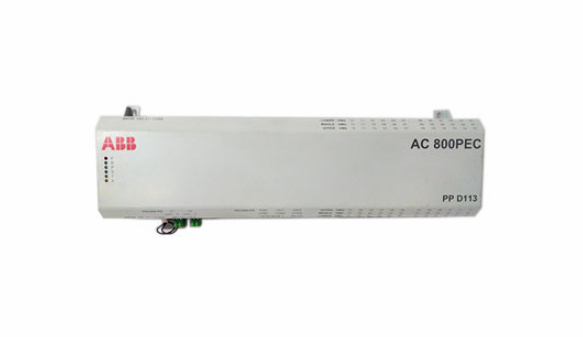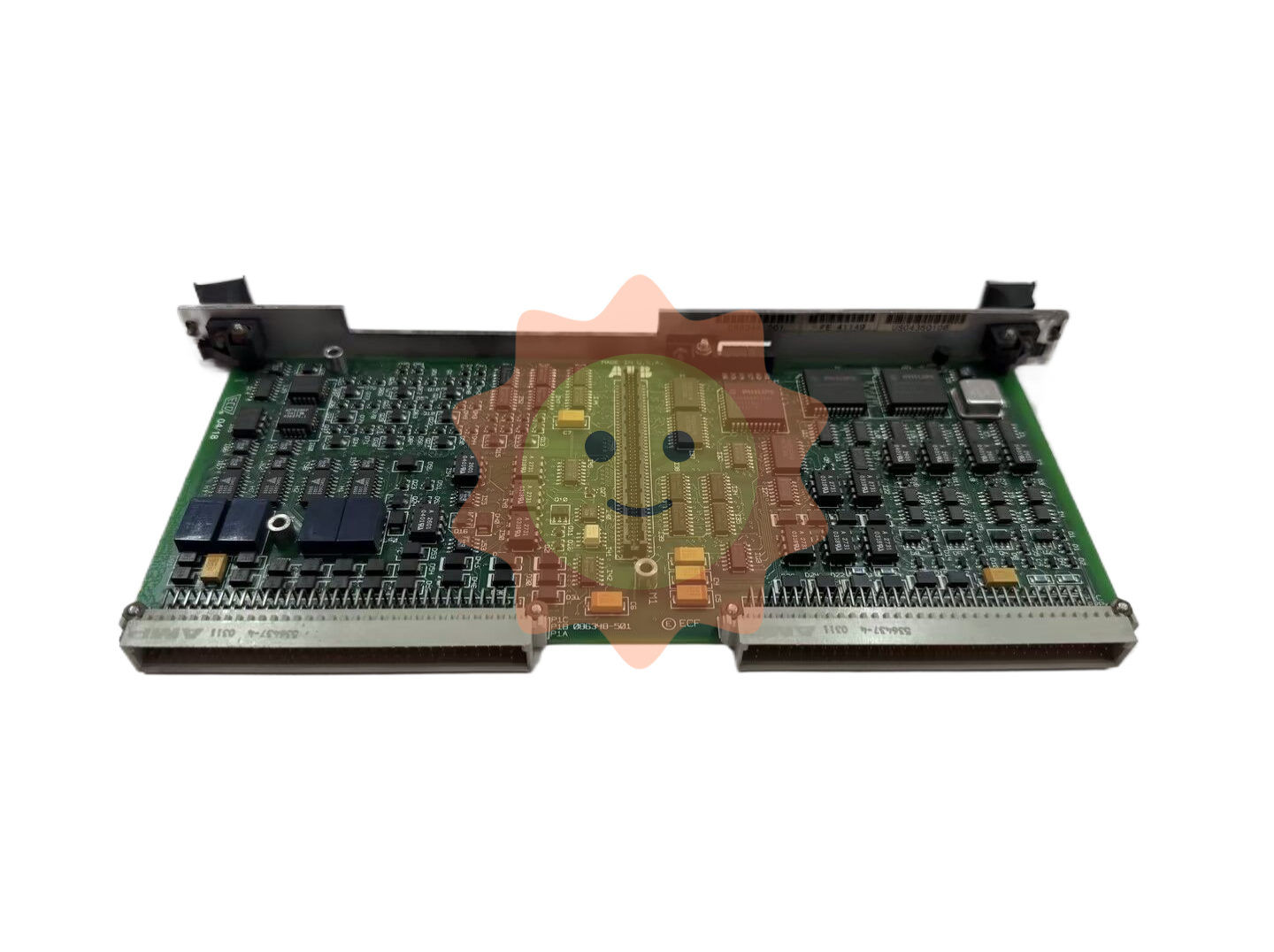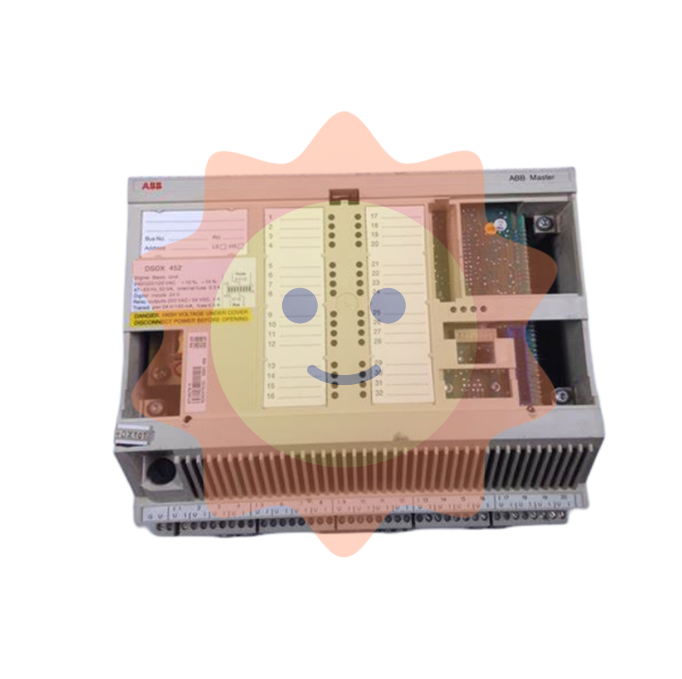Chemical fiber "pain period" break the "three consecutive questions"
Behind Changle Fiber's "withdrawal", it illustrates the embarrassing predicament faced by the small and medium-sized chemical fiber manufacturing industry. In recent years, polyester production capacity has maintained a high growth rate, market competition has further intensified, and large enterprises have accelerated the competition for market share. The polyester industry began to clear the old capacity, and Changle fiber is only a microcosm of the Red Sea competition in the entire industry.
"In recent years, large-scale enterprises have put into production at high speed, and industry competition has intensified. In the face of this pressure, small enterprises in the polyester industry investment is correspondingly reduced, investor withdrawal also occurs. Since April this year, the market has continued to hear the news that some textile companies are not operating well or have gone bankrupt, and some supply chain finance companies have also been affected." Chen Sheng, analyst of International Trade futures, said that in the case of a decline in domestic and external demand, it is an indisputable fact that the operation of polyester enterprises this year is difficult, and the downstream spinning and weaving is a large number of high-priced finished products.
According to Wu Wenhai, this year, even the head of the "big MAC" chemical fiber enterprises are facing continued high inventory, operating losses are huge pressure, and some head enterprises have issued a call for managers to take the lead in significantly reducing salaries. Enterprise management pressure is not an individual phenomenon, but a universal phenomenon.

In the interview, the reporter also further learned that, in fact, small and medium-sized enterprises that have successively withdrawn from the polyester filament production industry have not been cases in recent years. Some small and medium-sized chemical fiber enterprises with older qualifications that are 6-7 years earlier than the Changle fiber factory have also taken the initiative to dissolve and liquidate in the previous two years.
Now, in front of the enterprise is no longer able to "earn" but "how long", in the face of the current industry ushered in the "big reshuffle", chemical fiber enterprises to objectively understand their own ability in the ask, rethink, to meet the "lifeline" challenge. Are chemical fiber companies ready?
Question: Where is the "crux" of the industry
"Pain period", every chemical fiber enterprise needs to look at the situation objectively.
For the polyester industry chain, the "sticking point" of the industry is mainly reflected in the dual pressure of high cost and low demand. High inventory, low profits, and low load have become the norm of the industry this year, accelerating the industry reshuffle process, and some enterprises have been forced to withdraw.
"China's chemical fiber weaving industry is facing a huge 'pain period' of insufficient effective demand and overcapacity." Wu Wenhai said that in the case of increasing production capacity and supply, the growth rate of demand has slowed down or even negative growth, the product inventory cycle of enterprises has been lengthened, the production efficiency has been declining, and the pressure of the business environment has been increasing.
In his view, global textile and apparel demand has been weakened by the impact of the epidemic for three years. The situation in Russia and Ukraine stimulated international oil prices to continue to rise to near 100 yuan per barrel, intensifying global inflationary pressure. In the first half of this year, the industry faced not only the problem of falling demand, but also the problem of rising raw material costs driven by high oil prices.
"The chemical fiber industry's own capacity investment growth is still strong, exacerbating the contradiction of oversupply in the market." In the second half of the year, the market has shifted from trading inflation to trading expectations of economic recession, and the price of chemical fiber raw materials has plummeted, bringing huge inventory depreciation risks to enterprises." Wu Wenhai said.
In this regard, Pang Chunyan, senior analyst of SDIC Anxin futures, also said that after the industry experienced the 2017-2019 business cycle, the overall prosperity has declined in recent years, and the global pandemic has led to changes in the rhythm of the industry, with the overall impact mainly on the consumption end.
"In 2022, the recovery of the post-epidemic period and the geopolitical conflict between Russia and Ukraine led to the logistics restructuring of the global oil market, which had a profound impact on the chemical market, the overall performance is strong costs, weak demand, and the middle link of the industrial chain is under the double squeeze of upstream and downstream." Pang Chunyan told the Futures Daily reporter that at present, this "pain" is still continuing, polyester and downstream textile printing and dyeing starts are at a low level, and negative feedback pressure on consumption still exists.
- EMERSON
- Honeywell
- CTI
- Rolls-Royce
- General Electric
- Woodward
- Yaskawa
- xYCOM
- Motorola
- Siemens
- Rockwell
- ABB
- B&R
- HIMA
- Construction site
- electricity
- Automobile market
- PLC
- DCS
- Motor drivers
- VSD
- Implications
- cement
- CO2
- CEM
- methane
- Artificial intelligence
- Titanic
- Solar energy
- Hydrogen fuel cell
- Hydrogen and fuel cells
- Hydrogen and oxygen fuel cells
- tyre
- Chemical fiber
- dynamo
- corpuscle
- Pulp and paper
- printing
- fossil
- FANUC
- Food and beverage
- Life science
- Sewage treatment
- Personal care
- electricity
- boats
- infrastructure
- Automobile industry
- metallurgy
- Nuclear power generation
- Geothermal power generation
- Water and wastewater
- Infrastructure construction
- Mine hazard
- steel
- papermaking
- Natural gas industry
- Infrastructure construction
- Power and energy
- Rubber and plastic
- Renewable energy
- pharmacy
- mining
- Plastic industry
- Schneider
- Kongsberg
- NI
- Wind energy
- International petroleum
- International new energy network
- gas
- WATLOW
- ProSoft
- SEW
- wind
- ADVANCED
- Reliance
- YOKOGAWA
- TRICONEX
- FOXBORO
- METSO
- MAN
- Advantest
- ADVANCED
- ALSTOM
- Control Wave
- AB
- AMAT
- STUDER
- KONGSBERG
- MOTOROLA
- DANAHER MOTION
- Bently
- Galil
- EATON
- MOLEX
- Triconex
- DEIF
- B&W
- ZYGO
- Aerotech
- DANFOSS
- KOLLMORGEN
- Beijer
- Endress+Hauser
- MOOG
- KB
- Moxa
- Rexroth


Email:wang@kongjiangauto.com
























































































































